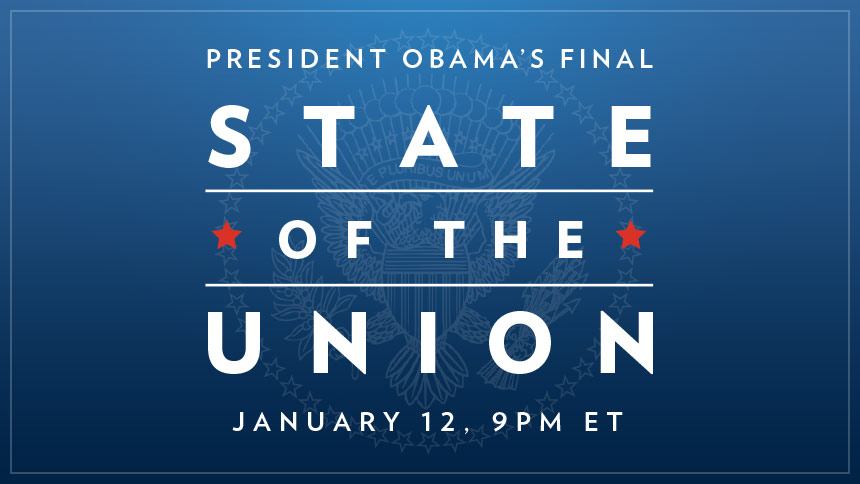
Last week, I attended the National Rx Prescription Drug Abuse and Heroin Summit, which drew a crowd of nearly 2,000 policymakers, researchers, advocates, parents, and persons in recovery. The widespread abuse of prescription drugs, use of heroin, and lacing of heroin with fentanyl has resulted in an unrelenting rise in overdose deaths across the nation. The topic is of such critical and timely importance that President Obama participated in a panel discussion and announced new initiatives to combat this problem that is deeply affecting large swaths of the country.
One of the highlights for me was participating in a meeting, led by Michael Botticelli, Director of National Drug Control Policy for the White House, with parents whose children have been affected by the prescription drug abuse and heroin crisis—some had children in recovery, some had lost children or grandchildren to overdose. These parents were so brave and strong to speak out and to take action, and it was touching to see how they supported each other. They created organizations to fill gaps in education and services; they fought legal battles on behalf of their children; they engaged with their political representatives on the local and national level. The visible role of parents in fighting against prescription drug abuse and heroin use shines the light on the extent of this problem among youth.
As we observe National Youth HIV/AIDS Awareness Day on April 10, it is a time to shine a light on the fact that HIV, too, is a problem among youth. According to the Centers for Disease Control and Prevention (CDC), in 2014, 22% of new HIV diagnoses were among persons aged 13 to 24 years. Some HIV infections among youth are linked to drug injection, including those who inject prescription pain medications or heroin. Most HIV infections among youth are among young gay and bisexual men, comprising 80% of all HIV diagnoses among youth in 2014.
These data for youth call for concerted action at all levels—Federal, state, local, and community. The updated National HIV/AIDS Strategy includes dozens of recommended actions to improve prevention and care, such as:
- Supporting and strengthening integrated and patient-centered HIV and related screening (STIs, substance use, mental health, intimate partner violence, viral hepatitis) and linkage to basic services (housing, education, employment);
- Expanding access to effective HIV prevention services, including pre-exposure prophylaxis, and in accordance with Federal, state and local laws, providing new, sterile syringes and other injection equipment and ensuring access to medication-assisted treatment;
- Supporting engagement in care for groups with low levels of viral suppression, including youth and people who inject drugs.
The National HIV/AIDS Strategy’s Federal Action Plan outlines numerous actions Federal agencies will undertake in 2016 and through 2020 to address HIV prevention, care, and disparities, many of which address issues facing youth:
- The Office on Women’s Health of the Department of Health and Human Services (HHS) reaches young women and girls through National Women & Girls HIV/AIDS Awareness Day and the Know the Facts First campaign, which delivers accurate and easy-to-access sexual health information for making the best possible choices
- The Substance Abuse and Mental Health Administration will support programs providing education on substance use disorders and HIV prevention to youth and young adults.
- The HHS Office of Adolescent Health and CDC will support the online Resource Center to provide age-appropriate, scientifically accurate, culturally competent, and LGBT inclusive HIV and STI prevention education for adolescents.
- The National Institutes of Health will support ongoing intervention studies in young men designed to decrease intimate partner violence perpetrated on women.
- The HIV/AIDS Bureau of the Health Resources and Services Administration (HRSA) will compile lessons learned from their programs to address the unique barriers to HIV care for young Black gay men and women of color.
- HRSA and CDC will identify and disseminate promising practices for HIV prevention, HIV and viral hepatitis testing, linkage, care, and treatment services to Ryan White program providers, school-based health centers, and other safety net providers serving youth.
- The Equal Employment Opportunity Commission will target outreach on HIV-related employment non-discrimination rights to specific stakeholder populations, including youth workers.
Everyone has a role to play in shaping the lives and health outcomes of our nation’s youth. I encourage all partners to use the National HIV/AIDS Strategy to find yours.
Amy Lansky, PhD, MPH is Acting Director of the Office of National AIDS Policy.

